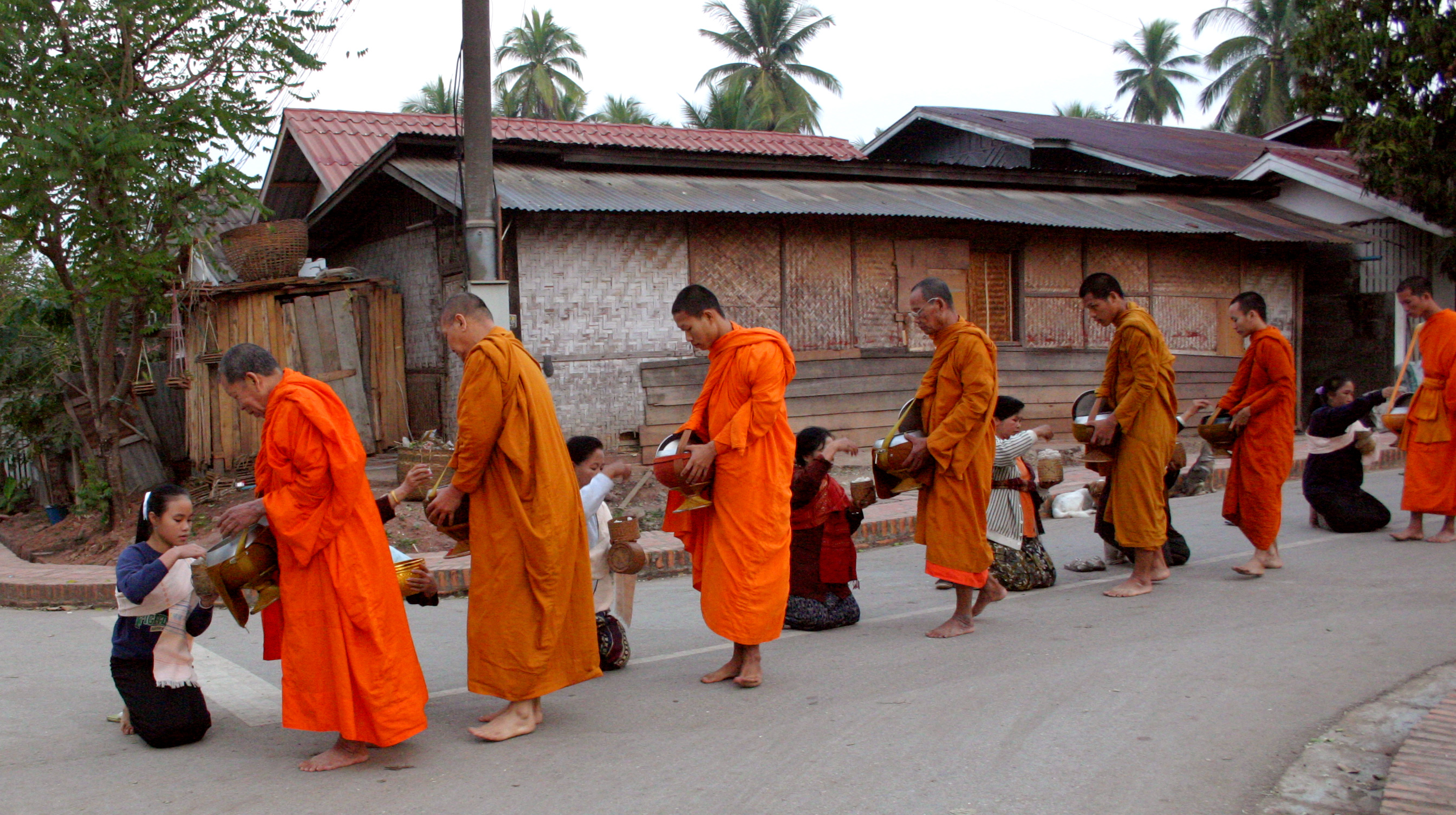Good Karma Travel — Luang Prabang’s Monk-Led Experiences and the Local Code of Respect (2025 Guide)
Good Karma Travel — Luang Prabang’s Monk-Led Experiences and the Local Code of Respect (2025 Guide)
Updated October 2025 • By The Diamond Luang Prabang

Luang Prabang — The Spiritual Heart of Laos
Nestled at the confluence of the Mekong and Nam Khan rivers, Luang Prabang remains the spiritual heartbeat of Laos. The ancient royal capital, a UNESCO World Heritage City, is home to more than thirty Buddhist monasteries where saffron-robed monks walk silently through dawn streets to collect alms. This daily rhythm, called Tak Bat, is not a show for tourists — it is a living expression of humility and compassion.
In recent years, the opening of the Laos–China Railway has brought a new wave of visitors. While the influx supports local economies, it also tests the delicate balance between spirituality and commercialization. A recent BBC Travel feature highlights a group of former monks who are responding with creativity — launching educational tours to help visitors engage respectfully with the Buddhist way of life.
Good Karma Travel: Monk-Led Experiences in Luang Prabang
Former novice monk Bounthan Sengsavang founded Spirit of Laos in 2024, guiding travelers through monastery life with meditation sessions, temple visits, and cultural storytelling. His mission is to restore authenticity and mutual respect. “If you haven’t been a monk and lived in a monastery yourself,” he says, “you don’t know what it’s like. Buddha himself taught from experience — I like to do the same.”
These new “monk-led” initiatives encourage travelers to look beyond the surface — to learn about Buddhist values such as mindfulness, simplicity, and merit. They also support local artisans and education projects like LaLaLaos and Kaiphaen Restaurant, where former monks and village youth collaborate for sustainable livelihoods. As noted by Travel and Tour World, Luang Prabang’s rise as a model for “responsible tourism” reflects how spiritual wisdom can coexist with modern hospitality.

The Local Code of Respect (2025 Update)
Local monks and community leaders have collaborated to share an informal “Luang Prabang Code of Respect” — a cultural etiquette guideline that helps preserve harmony between visitors and residents. Following these simple steps ensures your travel creates good karma for all:
- Dress modestly when entering temples — shoulders and knees covered, hats removed.
- Observe silence during alms-giving; do not use flash photography or block monks’ paths.
- Offer fresh food early in the morning; avoid plastic packaging or leftovers.
- Seek permission before photographing monks or novices.
- Support local businesses that practice fair trade, handicraft authenticity, and environmental care.
- Respect sacred symbols — Buddha images are for reverence, not decoration or selfies.
This cultural code, increasingly shared on local tour leaflets and hotel guides, strengthens the spiritual integrity of the city. According to National Geographic, the essence of Luang Prabang lies in “quiet moments of devotion” — not in spectacle, but in sincerity.
Balancing Tourism and Spiritual Heritage
As a long-time local observer, I’ve witnessed how quickly trends can change. Fifteen years ago, only a handful of guesthouses lined the riverside; today, boutique hotels and cafés flourish. Yet, the soul of Luang Prabang endures in the rhythm of the monks’ footsteps and the glow of candles during evening chants.
The BBC Travel report wisely reminds that tourism should be “thoughtful and beneficial to all.” Local initiatives now integrate mindfulness workshops, eco-volunteering, and temple etiquette classes — a positive model for other UNESCO heritage destinations.

How Visitors Can Contribute
Every traveler can help sustain Luang Prabang’s legacy:
- Join local monk-led mindfulness walks rather than mass group tours.
- Participate in community clean-ups or cultural workshops.
- Buy directly from local craftspeople or certified “Made in Laos” shops.
- Share responsible stories on social media — highlight meaning over image.
As one monk-guide says, “If you leave with more understanding than photos, you’ve traveled the right way.”
Local Insight — The Spirit Lives On
From the perspective of a Luang Prabang resident, the beauty of this city isn’t only in its golden temples or mountain views. It lives in everyday acts of kindness — the vendor offering sticky rice to monks, the novice sweeping temple grounds, the guest who bows with sincerity. These small gestures weave together the moral fabric of a city that teaches mindfulness to the world.
Frequently Asked Questions (FAQ)
What is the Tak Bat ceremony?
Tak Bat is a centuries-old morning ritual where monks walk barefoot through the streets collecting food offerings from local residents. Visitors may respectfully observe or offer fresh, home-prepared food while remaining silent.
How can travelers show respect during monk-led tours?
Travelers should dress modestly, avoid touching monks, ask before taking photos, and keep mobile phones on silent. Joining tours led by former monks ensures authenticity and supports ethical tourism.
Where can I book ethical or monk-led experiences in Luang Prabang?
Look for local initiatives such as Spirit of Laos or Orange Robe Tours. Many hotels and tourism offices list these certified programs promoting cultural respect and community benefit.
0 comments